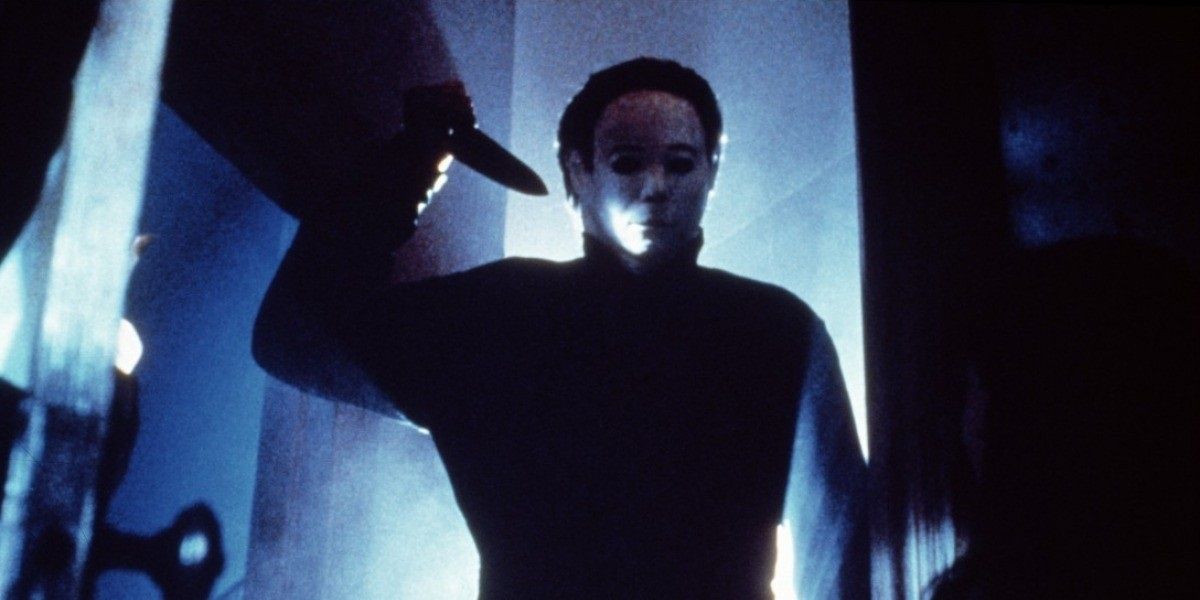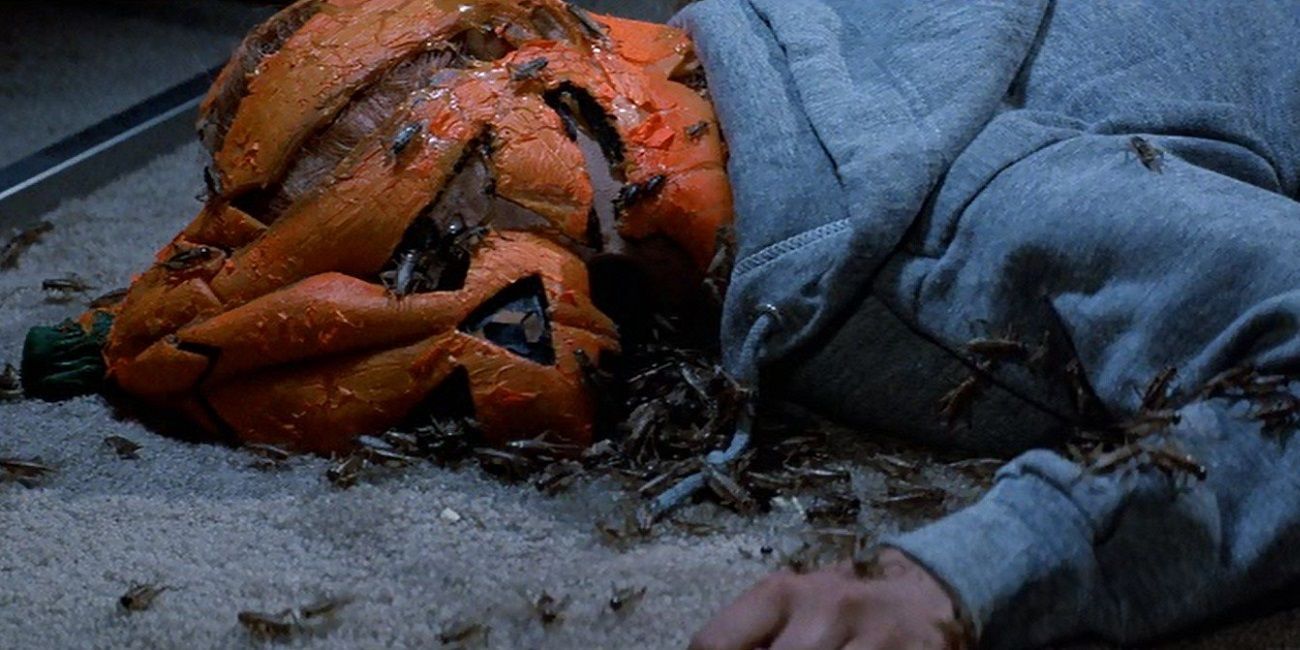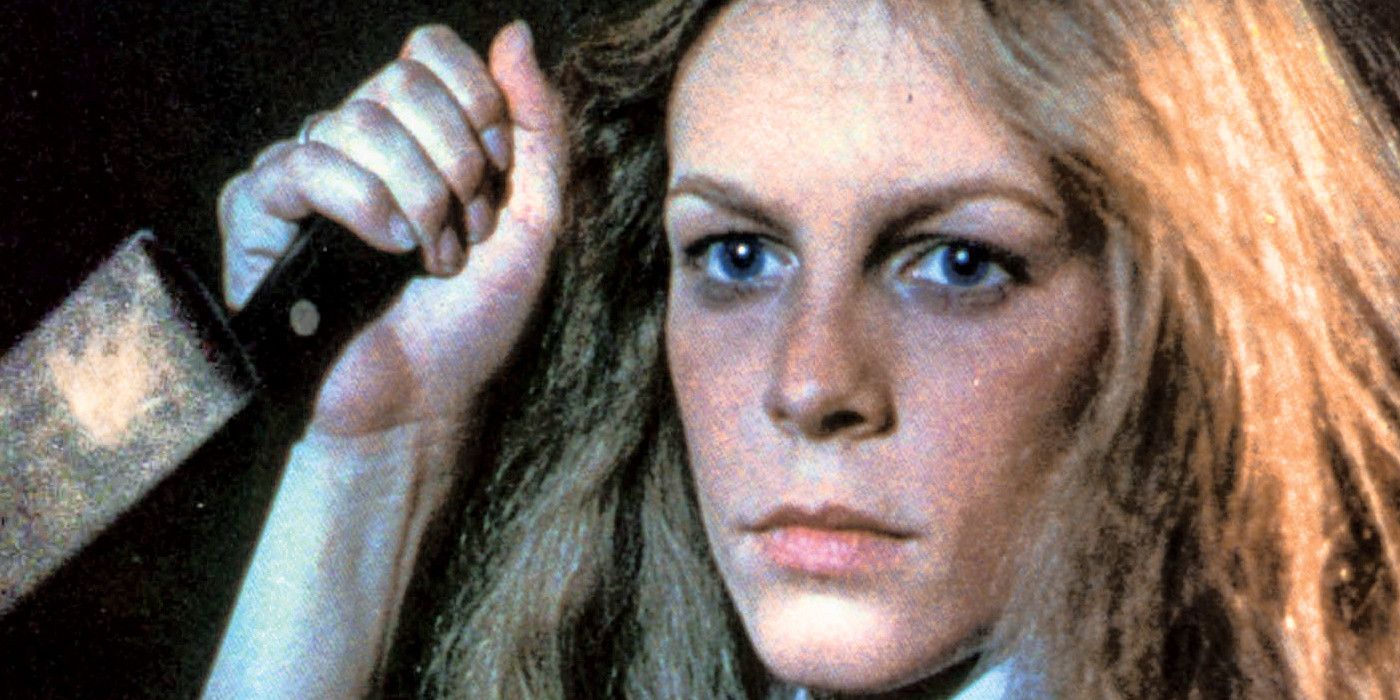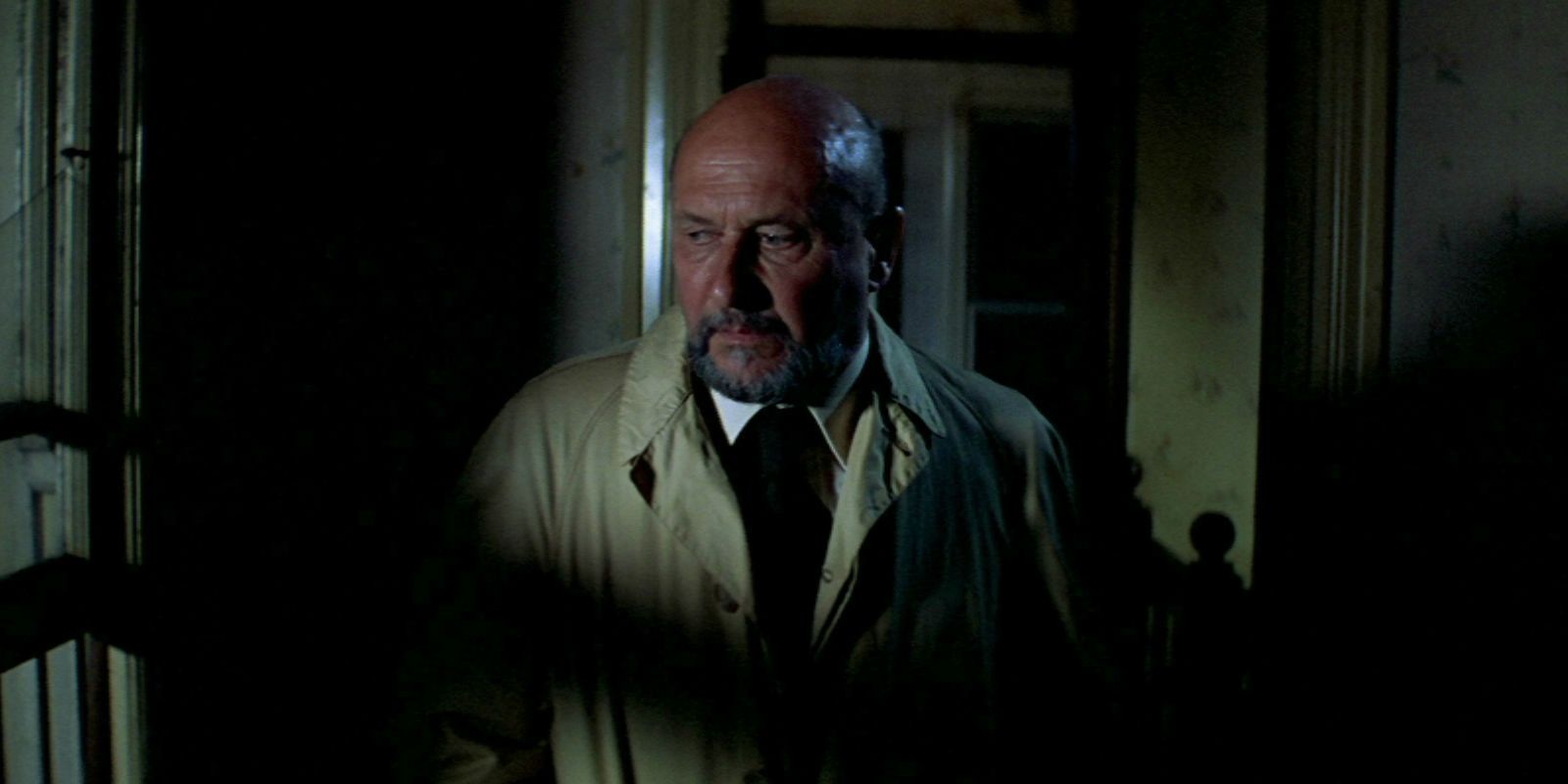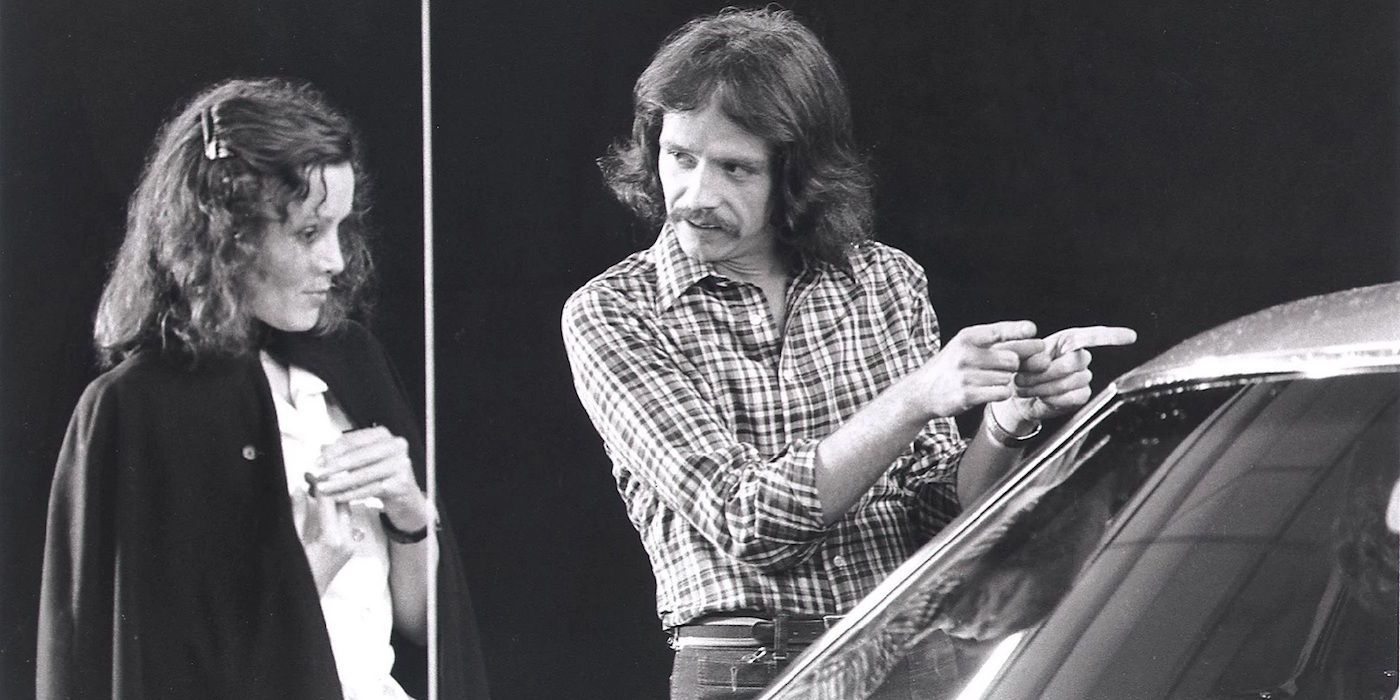Back in 1978, a low-budget horror movie named Halloween crept into theaters and changed the horror world forever. Fright specialist John Carpenter’s freaky little flick about a faceless maniac (Michael Myers) and a heroic “final girl” Lorie Strode (Jamie Lee Curtis) captured the collective fears of a nation, spawning numerous sequels and a thousand facsimiles. In recent years, though, the slasher narrative has fallen into disrepair after a pair of well-intentioned but hit-or-miss reboots from director and musician Rob Zombie.
Not long ago, Blumhouse acquired the rights to Halloween, along with Miramax (who held the property briefly in the early 90s, before the Weinsteins sold it outright to Disney). Soon after, Carpenter himself took to the web to announce his intentions to produce the next installment and reboot the franchise. His plans since appear to have changed, and instead of a reboot he'll be working on a follow-up to his original storyline, which will be directed and written by David Gordon Green (Stronger) and co-written by Danny McBride (Alien: Covenant). The next round also appears to disregard all of its predecessors, with the exception of the original movie and its sequel - the creatively named Halloween II (1981).
Despite the temptation to reboot everything in typical Hollywood fashion – as well as the lingering complications of reestablishing a nearly 40-year-old story – picking up where Carpenter left off is the best move for the franchise.
Cleaning Up a Messy Lineage
One of the biggest challenges for Carpenter, as well as Green and McBride, is stepping into Halloween with several decades' worth of contradictory continuity. As the horror franchise swapped studios – leaping from Compass to Universal to 20th Century Fox to Miramax/Dimension and now to Blumhouse (and Miramax again) – a varied group of directors and writers took a crack at the Myers mythology. Depending upon the picture, Michael Myers was either: a dead-eyed mental patient and the embodiment of evil (the original and its follow-up); a slightly more sympathetic if still psychopathic killer (the Halloween reboot and its successor); the result of generations of Druid genetic manipulation, a curse, or both (Halloween: The Curse of Michael Myers); or not even part of the movie (Halloween III: Season of the Witch).
Not only has Michael been killed and resurrected on countless occasions, but shock-rocker Rob Zombie already rebooted the franchise back in 2007, with Halloween II arriving in 2009. Even with the recent timeline wipe, some fans are probably ready to kill off the seasonally-themed horror juggernaut once more and start fresh. While there are merits to a new beginning, another origin story could really confuse audiences peripherally familiar with the sequence of events. One too many reboots, and even the Hollywood logic won't be able to save Halloween from its own warped roots.
The semi-reboot, Halloween H20: 20 Years Later, also cut the timeline from Halloween III to Halloween 6, but then added a family for Laurie, a new name, and a pointless retread to its repertoire. Ignoring H20 and Resurrection might confuse a few people, but it also lets the filmmakers strip away the pretenses and return to the premise that made Halloween great: teens, darkness, and an escaped killer. Of course, heading all the way back to the conclusion to Halloween II leads to the first major hurdle the latest sequel must leap: what became of Laurie?
The Laurie Strode Question
One of the tricks with rebooting the franchise versus continuing it is the presence of Jamie Lee Curtis. As the sister of the infamous Michael Myers, and someone directly connected to the mythos, Curtis and her character are a major draw. Her first return to the archetypal role in the middling follow-up Halloween H20 (1998) gave the movie an added kick at the box office. Unfortunately, she was needlessly slaughtered by her big brother as a plot device in Halloween: Resurrection (2002). If Blumhouse and Carpenter had chosen to reboot the series, they could easily walk around any continuity issues with Laurie by recasting her. Since the next instalment will skip over every feature aside from Halloween II, it seems like Carpenter and his team are setting up for a return to the Strode family and their tainted bloodline.
Previous iterations stretched the family curse premise pretty thin, bringing Laurie’s daughter Jamie (Danielle Harris) into the action. Starting as a child in Halloween 4, Jamie is alternately groomed to become Michelle Myers or psychically linked to her killer uncle, depending upon the movie. The saga then jumps awkwardly into the future for Halloween 6, as Jamie is now a young woman (played by J.C. Brandy). Some other extraneous Strodes relatives live in the Myers' house, and a young mother and her son, Danny (along with Jamie’s newborn baby), are the target of Myers and the weird Druid-inspired cult – who have apparently cultivated a killer gene pool for centuries as part of a sacrificial ritual.
Discarding the convoluted film lore from the fourth through sixth features is a no-brainer. Cutting out H20 and the weak Resurrection is also smart, since they lend little to the lore, aside from reestablishing and then killing Laurie. At the same time, the production could run into some issues if Curtis is unwilling or unable to join the cast, at least from a fan service angle. But if the writers choose to set the sequel directly after Halloween II, as there have been rumors of, it would nearly impossible for Curtis to reprise her role.
The filmmakers’ other path, assuming Curtis is up for reprising her role, would set the next picture in the present. If so, McBride, Green, and Carpenter could have the nearly 60 year-old heroine battle her nearly 70 year-old brother – although the boogeyman doesn’t seem to age much from film to film (Michael Myers with a pacemaker and a cane would bring a weird new direction to the saga, though). Even set in the present, the writers may sidestep Laurie’s involvement or use the character as a MacGuffin to introduce her family members. However, if they do add a familial connection, they run the risk of walking over H20's grave by retreading the same premise.
Jamie Lee-willing, hopefully Carpenter and crew will embrace Laurie Strode in some way. But there is another famous role that could provide a hiccup to their sequel plans: Dr. Samuel Loomis.
Doctor Loomis Back from the Dead?
Considering the importance of Dr. Loomis to the overall mythos, as well as the caliber of actors who have portrayed him (Donald Pleasance, Malcolm McDowell, and the voice of Tom King), moving forward with a direct Halloween follow-up would be tricky without Sam Loomis. Through several overwrought sequels, Pleasance’s moon face and theatrical chops grounded the often silly rinse-and-repeat slasher clones. The studio-mangled cut of Halloween: The Curse of Michael Myers was a particularly sad chapter in the franchise, as well as a less-than fitting farewell to a talented actor of stage and screen (Pleasance died shortly after production wrapped).
Ignoring Halloween III and beyond will cut the fluff from the series, much like H20 and Resurrection did. Still, they’ll need to figure out a way to either recast Loomis without missing too many beats or convincingly write Loomis out of the series. Fortunately, McBride and Green have an out for the good doctor: the ambiguous ending of Halloween II. During the final sequence, Laurie shoots her older brother in the head. After they fill the room with a highly combustible gas, Loomis tells her to run, before igniting the gas and immolating both himself and Michael. While Myers emerges for one more shock, only to “die” moments later, Loomis is never seen leaving, permitting the next incarnation to move forward without explaining the psychiatrist’s absence.
While Carpenter, Green, and McBride could portray Loomis with another voice actor, allowing the long-suffering shrink to rest in peace seems more appropriate. There are plenty of other doomsayers (psychiatrists or otherwise) around, perhaps even a related one.
Halloween Comes Full Circle
The announcement of David Gordon Green and Danny McBride as creatives for the next entry in the story – with Carpenter’s oversight – probably came as a surprise to many Halloween fans. While McBride might not be some devotees’ first choice, his love of the series and desire to return it to its roots will be greatly appreciated, especially if he and Green can develop a viable connection to to the first storyline. Detaching the horror elements from the complex subplots and gnarled family tree will give the production team a relatively clean slate and allow them to focus on the elements that made Halloween great.
40 years later, of course, the horror saga's components have become cliché themselves. That's where McBride and Green, who rose to prominence with a sports parody in Eastbound & Down, and their understanding of genre subversion come in. Even though they're best known for their cruder material, McBride’s prior work in more understated genre-twisters like The Foot Fist Way, as well as Green’s history with Southern Gothics (like the acclaimed George Washington and Joe) ought to prepare them for the challenges of constructing a dark but modern take on Halloween.
They’ll also have the guiding hand of horror master John Carpenter. As the latest Halloween's executive producer (and possible composer), Carpenter has already endorsed Green and McBride's vision, noting that "they get it. They blew me away." Before stepping away from the slasher business after Halloween III, the legendary auteur and his long time writing-producing partner Debra Hill were the driving force behind the early pictures. In addition to his decades of genre wisdom, his de facto presence on the next installment gives him an opportunity to help fashion the final link his pseudo-trilogy and give the first two chapters a logical conclusion.
Most of all, watching Carpenter usher the series he began into the 21st century, its 11th iteration and its 40th anniversary release date would be a fitting way to conclude the trilogy and bring the magic back for another generation. Bringing Halloween full circle and exploring the psychological aftermath of Laurie’s second desperate struggle with her brother, whether somehow in the past or four decades later, offers a lot of dramatic potential, especially after her powerful performance in the makeshift H20 was thrown away by Resurrection. Not only does her struggle embody the archetypal battle of good versus evil, but her blood connection creates a compelling world of shadows and secrets that can make the sequel compelling.
If the latest take can successfully subvert and respect genre conventions, Halloween could gain a new relevance in the modern era, one where it seems stalk-and-slash is all but played out. Reflecting the style and tone of the very expressionistic first two pictures could also bring a sorely lacking consistency of style to the eleventh chapter. Hopefully, all the pieces of the puzzle fall into place, and the next Halloween can regain its name as one of the reigning horror franchises, allowing Michael Myers to become a true threat again, instead of an old reference in the horror movie catalogue.
The new Halloween film will hit theaters October 19, 2018.

